Type 96’s Successor Candidate
The news of Japan’s Ground Self-Defense Force (JGSDF) replacing the aging Type 96 Wheeled Armored Personnel Carrier with the Finland-made “Patria AMV XP” was met with surprise, especially since Japan has the tendency to favor domestically produced gear to maintain its withering defense industry.
In fact, the initial idea was to replace the Type 96 APC with a newly developed “Wheeled Armored Vehicle (Improved)” and Komatsu Ltd. was selected for this role.
Unfortunately, Komatsu’s prototype did not meet the required standards, consequently paving the way for Japan’s first Finnish military hardware.
So, what was the Wheeled Armored Vehicle (Improved)?
- General Overview
| Mass | 20 tons |
| Length | 8.4m (28ft) |
| Width | 2.5m (8.2ft) |
| Height | 2.9m (9.5ft) |
| Crew | 2 people + 9 passengers |
| Maximum Speed | 100km/h (62mph) |
| Armament | Machine gun, Grenade launcher |
| Unit Price | Unknown |
As it became increasing aware that the Type 96 APC could no longer adapt to evolving threats, such as new types of landmines and improvised explosive device (IEDs), JGSDF filed a request for a vehicle with better protection.
In response, the Ministry of Defense relied on Komatsu, which was the Type 96 APC’s manufacturer, to develop a next generation armored vehicle with the goal of using the common chassis for other future projects.
By utilizing existing components, Komatsu managed to keep the overall development cost at around 40 million USD, and the first prototype was delivered to JGSDF in 2017.
The Wheeled Armored Vehicle could accommodate up to 11 people including the crew and featured a V-shaped hull design on its underside for better protection against landmines and IEDs.
Additional armor and remotely operated machine guns could also be installed depending on the situation to boost its versatility. The vehicle itself was intended to perform several roles by adopting a changeable module system in which command communications and combat engineering types were available.
Despite these notable features, the prototype only weighed around 20 tons, ensuring easy airlift by the Air Self-Defense Force’s C-2 transport aircraft in the case of island defense.
Inadequate Armor
Although countermeasures towards mines and IEDs were incorporated, the Wheeled Armored Vehicle’s defense capabilities fell short in evaluation, leading to its cancellation in 2018.
To amplify a little bit, the steel armor plates showed multiple inconsistencies during the live-fire tests, casting doubt on the overall armor strength to withstand enemy fire. Considering the fact that the new prototype was to exceed the Type 96 APC in armor protection, this flaw posed a fatal blow for the project.
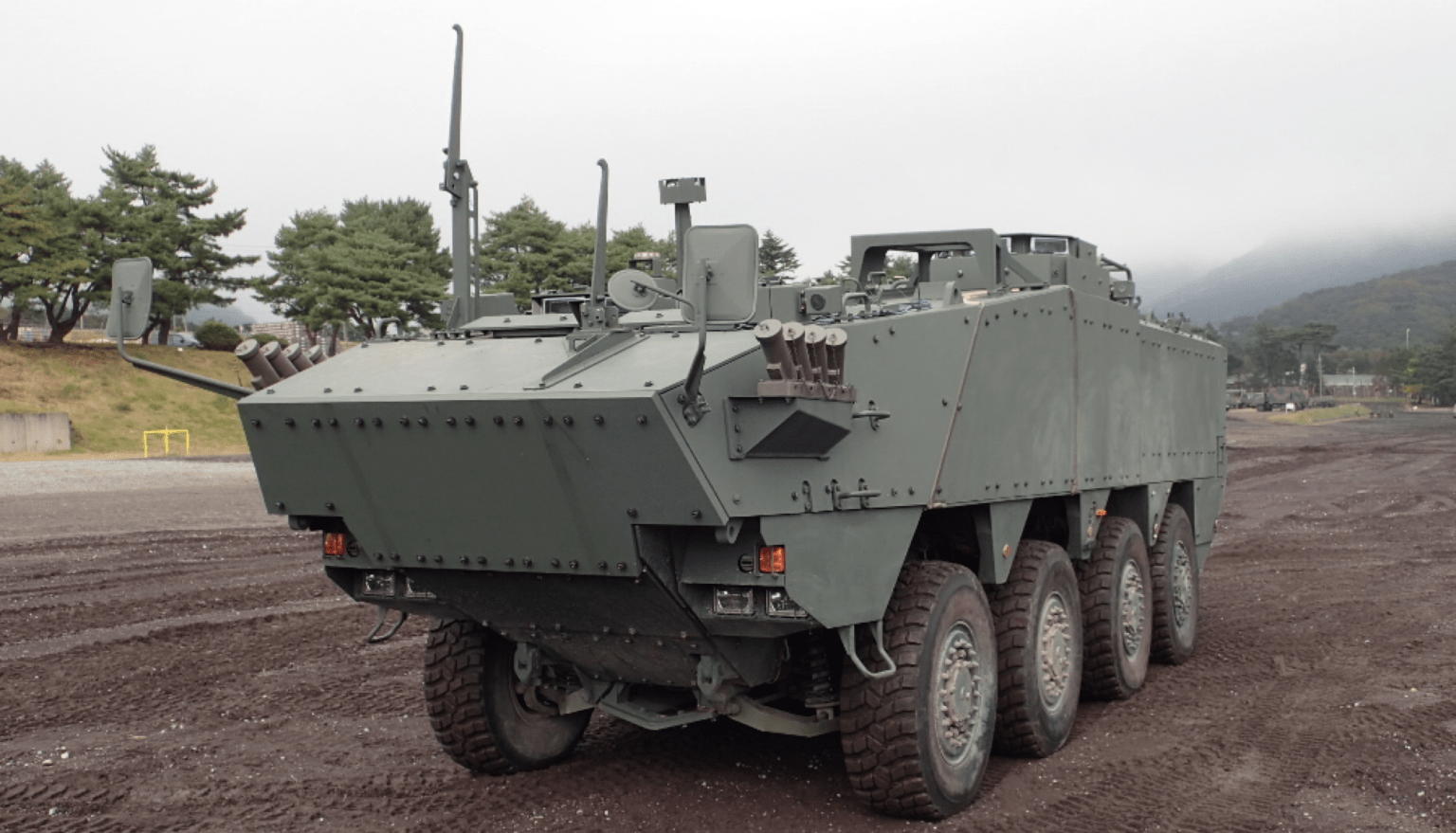
Following the test failures, Komatsu redeveloped the armor plates to enhance their resilience, but the Ministry of Defense concluded that Komatsu lacked the technology to meet the necessary standards and ended the project in order to save both cost and time.
Thus, Komatsu’s new endeavor came to an undesired end, and the Wheeled Armored Vehicle (Improved) became the Made-in-Japan armored vehicle that the JGSDF could have had, but never materialized.



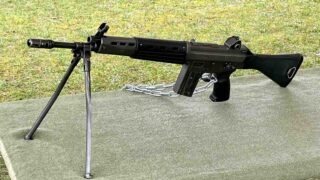
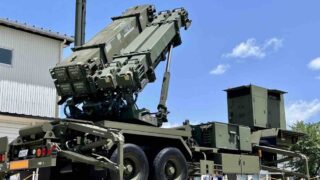


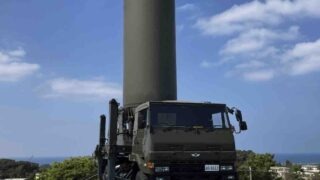

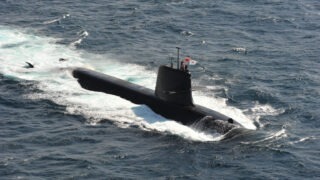

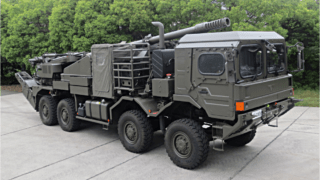
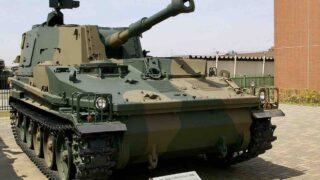
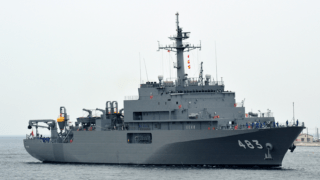

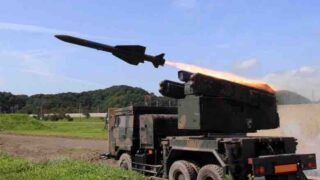

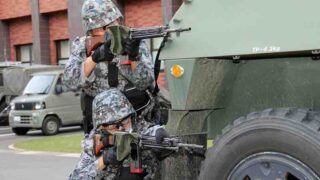
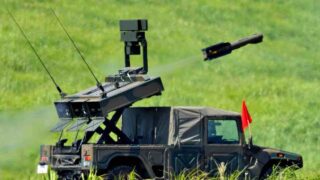
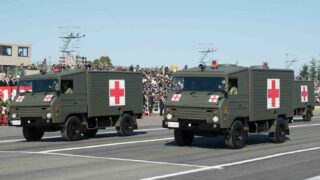
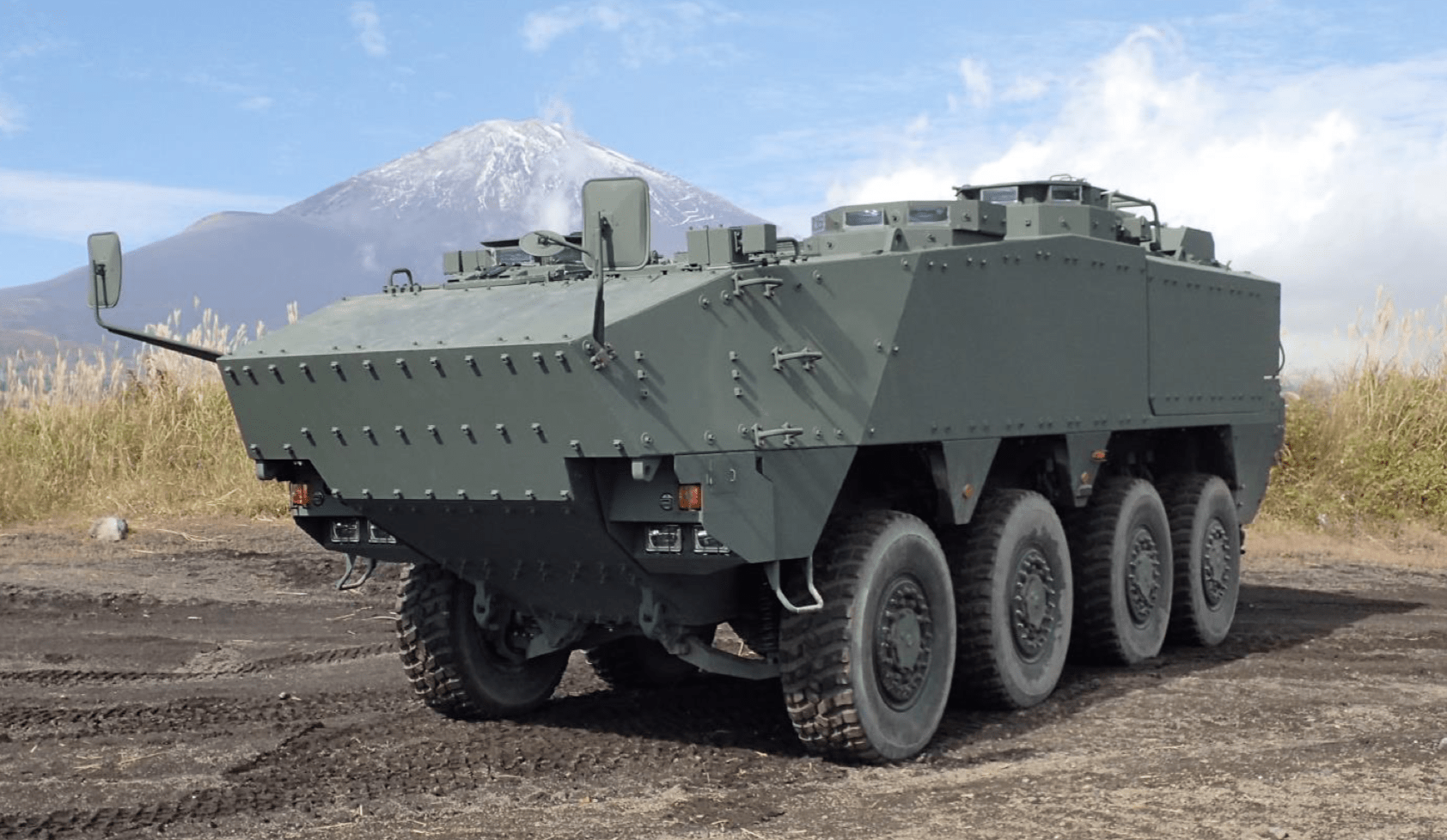
Comments